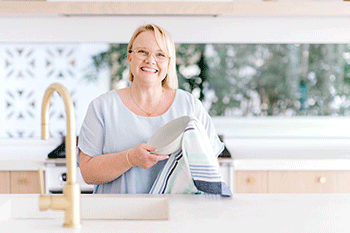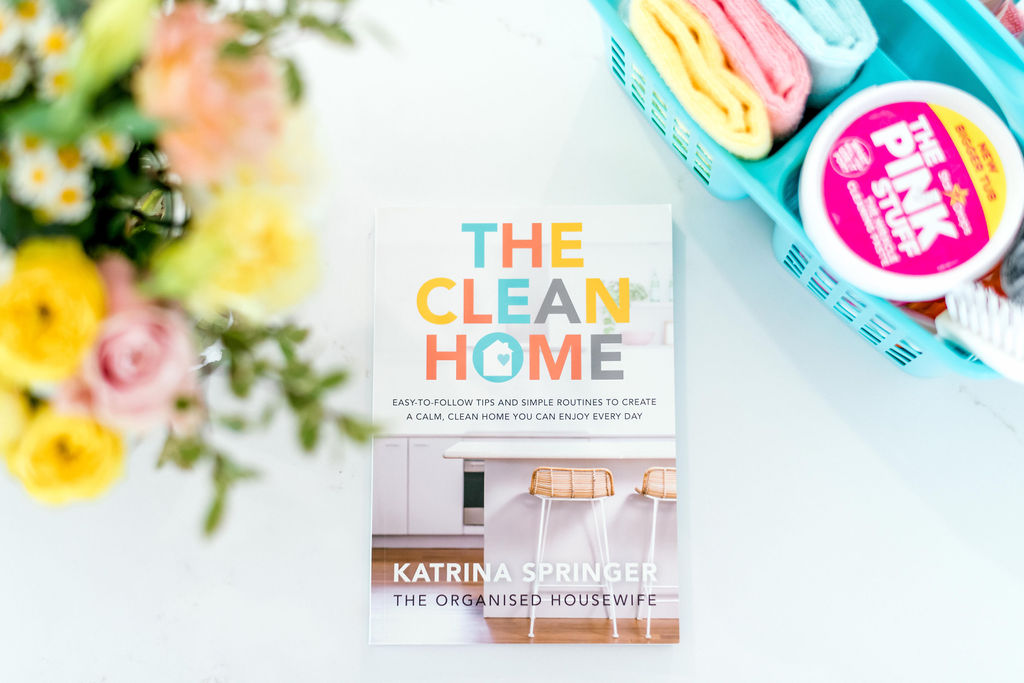This is a guest post by Christie Burnett from Childhood 101
As parents we all have different tolerance levels when it comes to mess and there is little messier than doing art and craft with kids – especially young ones. As a Mum and a teacher, I admit I have a pretty high threshold for tolerating art mess – as long as it is purposeful – but I have many friends (and even colleagues) who struggle with the idea of doing art with kids because they just don’t like the MESS!! So today I am here to share 5 tips for helping you to manage and minimise the mess factor because making art is such an important part of a child’s learning and development that it really is worth the effort.
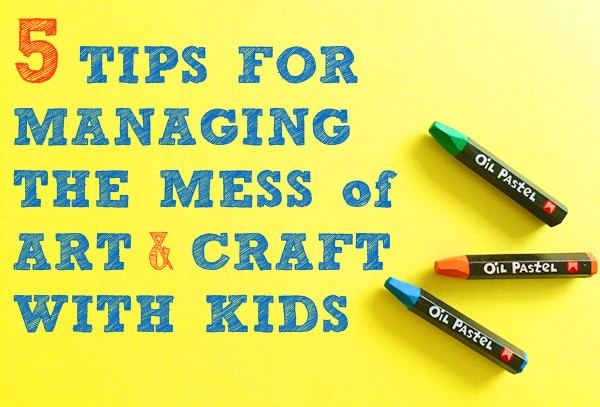 1. Choose your creative time wisely
1. Choose your creative time wisely
Whether it be first thing in the morning or right after naptime, plan creative activities for a time when everyone is fresh and relaxed. Take the time to set up the activity before you involve your children so they are not waiting around or touching things before you are ready. For those with preschoolers or older children, setting up a simple, non-messy invitation to create the night before for them to discover in the morning is a great way to accomplish the goal of providing regular creative time.
2. Choose your creative space carefully
Similarly, carefully consider the space you plan to use for creative endeavours. Art making doesn’t have to happen inside. We actually do most of ours outside at our outdoor table or on an easel underneath the patio. When you are limited to being inside, choose a space where there is lots of space around the children so that they don’t inadvertently touch walls or other furniture with messy hands. Consider also the flooring in you chosen space. Paint and playdough are much easier to clean up off tiles or vinyl than off carpet!
3. Choose the right activity for your kids
Choose simple projects that you know your child will enjoy. If they don’t like drawing, try finger painting or creating with straws and playdough. If they are not fans of getting their hands dirty, choose a glue stick over a pot of school glue. Choosing open-ended, art projects (as opposed to rigid craft projects where the finished project is expected to look like the example) allows children more freedom to explore the capabilities of the art medium and to share their own ideas about the world. Over on my blog I share 5 questions to ask yourself when considering whether an art or craft project is right for your child.
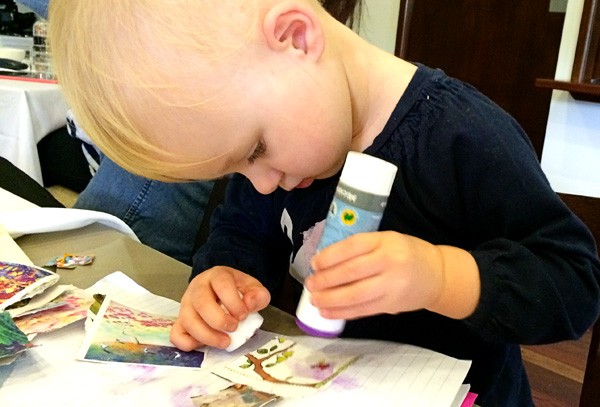
4. Have everything ready before you begin…especially your clean up
Collect together everything you will need for the activity before the children begin. Sorting your art supplies as I shared in my previous post makes setting up for art activities so much simpler. Always have extra paper available because children will almost always use more paper then you anticipate and, especially if your activity involves cutting, have a small bin or waste tub ready as well.
Be prepared for clean up as well, whether it be with a tub of soapy water, a wet facecloth, wet wipes or paper towel. Have everything handy so as soon as your children declare that they are done you can help them to clean up straight away. Also plan what you will direct them to do once the activity is finished so that you can have a little time to finish cleaning up all of the materials used in your activity.
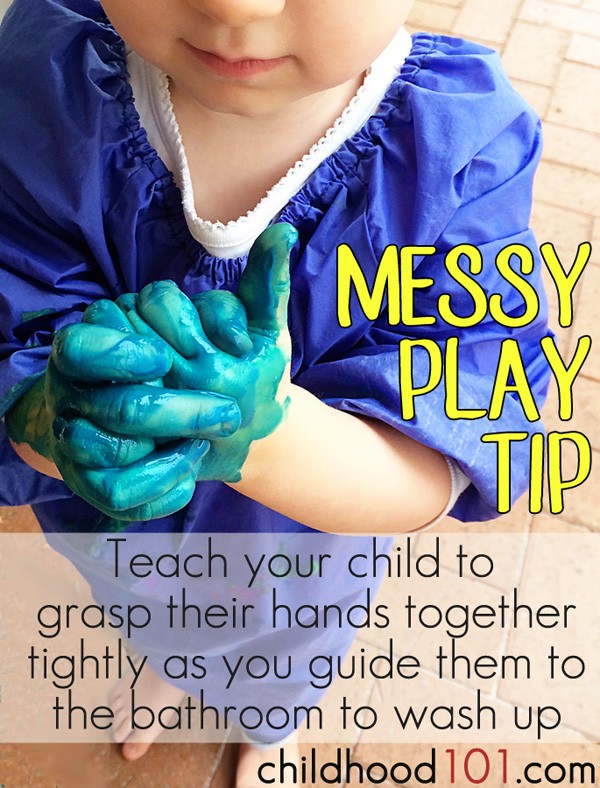 Set clear limits and supervise closely
Set clear limits and supervise closely
Don’t be afraid to set clear expectations about when and how art materials are to be used in your home and for each specific activity. When we create my girls are very clear about what they are allowed (and not allowed) to do during our art making. We have ongoing rules like ‘We only use paint, glue or glitter with Mummy’ and ‘Playdough (or painting, clay, etc) stays on the making table’ (we have a table that we use regularly and call it our making table). We also have rules specific to individual art mediums such as ‘We only draw on paper’ and ‘We ask Mummy before painting with our hands’ and ‘We tell Mummy when we’re done.’
It is also important to supervise your children’s creative sessions carefully so that you can guide them as they work, remind them of your rules and catch them doing the right thing – as a little positive reinforcement goes a long way towards encouraging them to keep using the art materials within the limits of the boundaries you have created.
How are your messy, creative play tolerance levels? Do your children create art regularly?
![]()
 ABOUT CHRISTIE
ABOUT CHRISTIE
Christie Burnett is the mum of two, early childhood teacher, author and blogger behind the playful online space known as Childhood 101. She is passionate about children’s play, creativity and learning, and tries hard to prioritise time for family in the busyness of every day life. At Childhood 101 parents will find playful activity and project ideas for kids, family friendly recipes, ideas for family fun and real life parenting reflections.
Find our guest: Blog | Facebook | Pinterest
![]()


